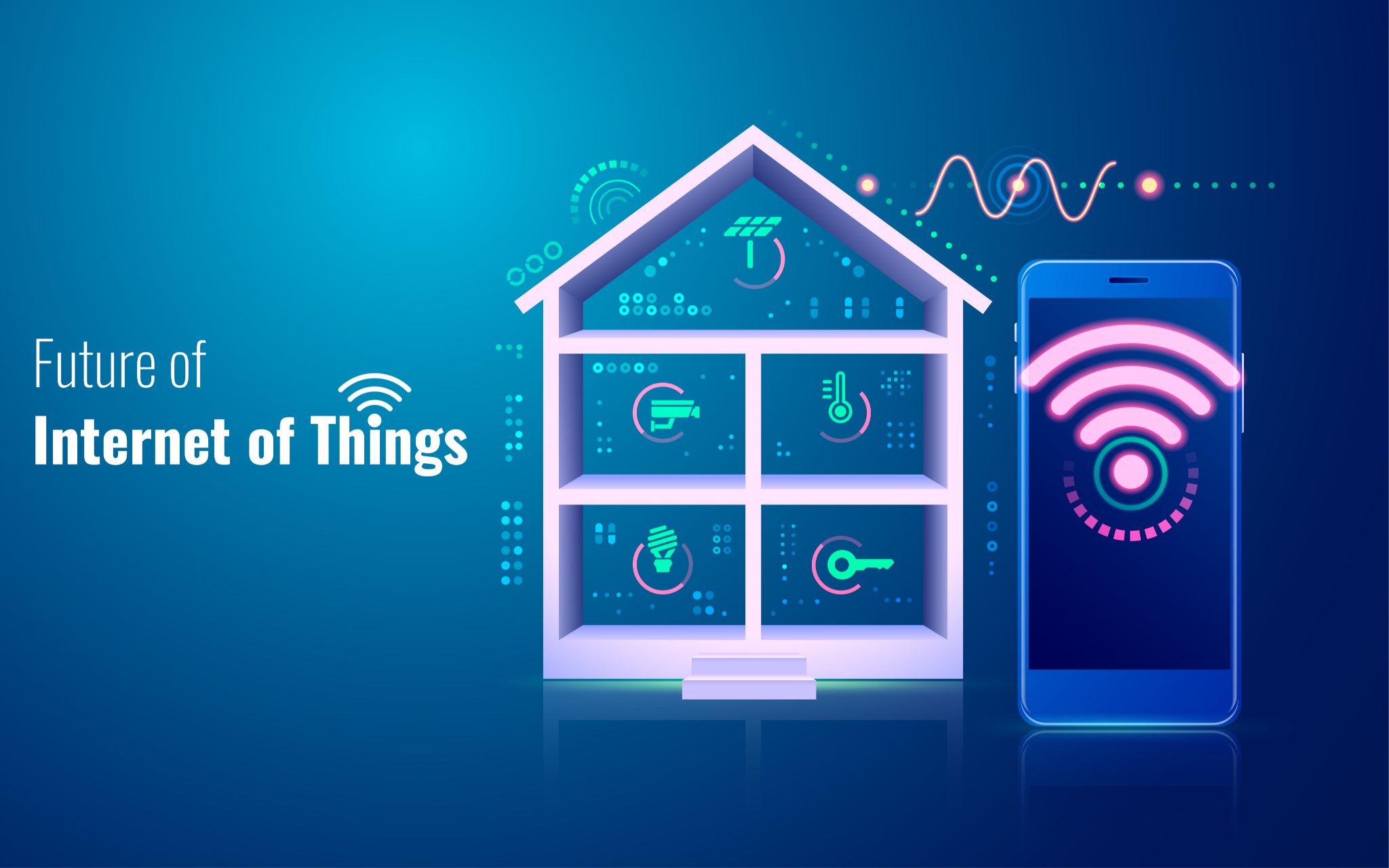Are you looking for the benefits of IoT for Intelligent Supply Chain and Logistics Operations? Or do you want to know the possible challenges you will face when integrating IoT to your existing operations? Here’s a detailed blog about it which will answer all your questions. Developing and integrating IoT into supply chain and logistics operations is a complex task, for which business should look for expert IoT development services.
What is IoT for Intelligent Supply Chain and Logistics Operations?
IoT in supply chain and logistics stands for streamlining the entire operation using a single software that manages, processes and analyzes it. For example there is a warehouse that works for an e-commerce company, IoT devices automatically tracks the inventory of that warehouse and provides the data to the company. It also sends alerts to the company once the stock below a defined threshold to prevent unexpected shortages.
With IoT integration to supply chain and logistics operations, the idea of managing the inventory and operations has transformed. Companies like Volvo, Amazon and Nissan Motor Co. also implemented IoT into their supply chain and logistics operations. Volvo tracks their vehicle components and deliveries using the IoT supply chain. Whereas, Amazon has integrated IoT-powered robots for QR scanning and packaging. Nissan Motor Co. links its multiple industrial units using the IoT supply chain.
Benefits of IoT in Supply Chain and Logistics Operations
IoT connects and streamlines the entire complex supply chain and logistics operation with a single software which provides a lot of advantages to the businesses. It also enables prompt correction to reduce or eliminate errors. Let’s take a look at the list of advantages IoT offers in supply chain and logistics operations.
Real-Time Insights
Access to real-time insights is probably the best advantage an IoT system offers. It can collect, analyze, and transmit data using specialized sensors in real-time. Organizations receiving such data directly and instantly have an upper hand in the supply chain management as they can oversee and organize it according to market needs and demands.
Increased Visibility
IoT improves each and every phase of the supply chain from manufacturing to retail and everything in between. IoT devices can collect information about raw materials to ensure high-quality availability, improve the accuracy of product collection to improve the efficiency of material handling, and even the inventory control quality and customer tracking is also improved.
Improved Inventory Management
Inventory management is an exhausting and lengthy job for humans, but for IoT systems it is neither exhausting nor lengthy. They can analyze the entire inventory and prepare simple datasets within seconds, reducing the burden from humans and enabling them to work on more strategic tasks. Organizations with IoT systems integrated to their supply chain management get valuable real-time insights that allows them to make strategic decisions and prevent stock shortages.
Automation
There are a lot of tasks in supply chain and logistics operations that are either repetitive or rule-based. With humans performing such tasks, there are chances of human errors affecting the tasks negatively. However, IoT integrated supply chain reduces human intervention and automates all the repetitive and rule-based tasks. Many organizations also use drones as an IoT device to get a birds eye view of the warehouse and manage it accordingly.
Better CRM
Customer relationship management is an essential part of businesses, but the question arises how an IoT powered supply chain can contribute to CRM. Here’s how. Businesses develop customer facing IoT solutions that are integrated to their supply chain and logistics operations. It helps customers keep track of their order via GPS which builds trust among users.
Enhanced Flexibility
IoT when integrated to transport and logistics enhances its flexibility, providing managers an in-depth knowledge of movement of goods. This helps merchants and supply chain managers make decisions about the units of each product to order. With IoT integration into transport and logistics the human errors are reduced which improves shipping, makes on-road navigation more precise and enhances asset tracking.
Challenges
With great benefits comes great challenges. This change in methodology raises some challenges that businesses must overcome to get all the benefits of the IoT in supply chain and logistics operations. Let’s take a look at all the challenges a business faces when integrating IoT into their supply chain and logistics.
Sustainable Connection
The entire IoT system solely relies on internet connection, if the connection disrupts then the entire system will shut down. This shows that the biggest possible nemesis of IoT devices is poor internet connection. To ensure maximum efficiency and proper functionality, organizations need to install sustainable connections with optimum bandwidth when employing IoT devices to handle large demands effectively.
Data Security
Wherever there is something related to the internet included there are always concerns related to data security and privacy. To ensure data security organizations must take appropriate actions and build a secured architecture before they switch all processes to connected devices. With machine learning in IoT devices, companies can reduce security concerns of IoT supply chain systems.
High Upfront Cost
Leveraging IoT devices into supply chain and logistics operations is proven to be cost-effective in the long run, but the upfront cost is quite high. The reason is most of the organizations operate on legacy systems which can’t handle the IoT devices, which means companies will need to rebuild the entire infrastructure for it, which will cost high.
Conclusion
In the end we can say IoT integration with supply chain and logistics operations is revolutionizing the manufacturing industry. It offers a lot of benefits such as automation, inventory management, better visibility and more but also has some challenges like data security and high implementation cost that organizations need to overcome for desired results.















